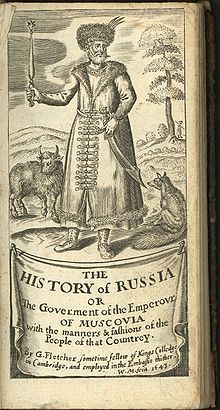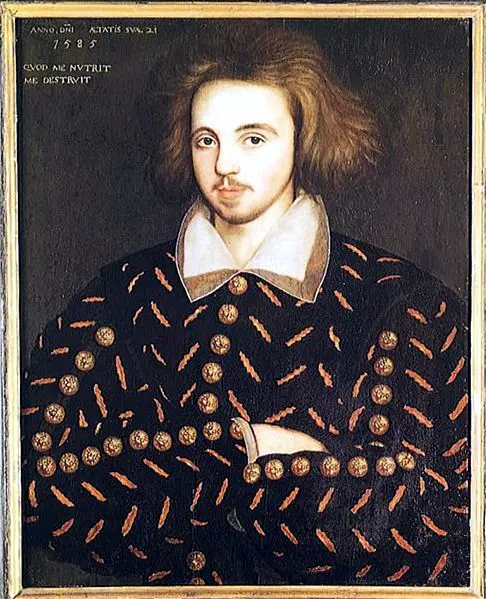In today's Claire Chats I talk about the secret marriage of Mary Tudor, dowager Queen of France, and Charles Brandon, Duke of Suffolk, in 1515.
Notes, Sources and Further Reading
- Letters of royal and illustrious ladies of Great Britain, from the commencement of the twelfth century to the close of the reign of Queen Mary by Mary Anne Everett Wood, also known as Mary Anne Everett Green. This can be read on archive.org and here's a link to one of Mary's letters to Henry VIII - https://archive.org/stream/lettersroyaland04greegoog#page/n214/mode/2up
- Lives of the Princesses of England, from the Norman Conquest by Mary Anne Everett Green (Wood) - This is also available on archive.org and the bit about the secret marriage is on page 89 - https://archive.org/stream/livesprincesses01greegoog#page/n108/mode/2up
- Mary Tudor, Queen of France, by Mary Croom Brown, available at https://archive.org/details/marytudorqueenof00brow, see Chapter 8.
- Journal de Louise de Savoye - https://books.google.es/books/about/Journal_de_Louise_de_Savoye_duchesse_d_A.html?id=P7cPAAAAQAAJ&redir_esc=y, see p. 397 for the mention of the couple's marriage on 31st March.
- The French Queen's Letters: Mary Tudor Brandon and the Politics of Marriage in sixteenth century Europe by Erin Sadlack
- Mary Rose by David Loades
- Charles Brandon: Henry VIII's Closest Friend by Steven Gunn
- Charles Brandon: The King's Man by Sarah Bryson
- Britain's Royal Families: The Complete Genealogy by Alison Weir
Here is a photo of Le musée de Cluny, or the Musée national du Moyen Âge, which was known as the Hôtel de Cluny or Palais de Cluny and was where Mary Tudor stayed following Louis XII's death and where she and Brandon got married in secret. Click on it to enlarge it.




Claire, I know from your discussion that Mary Tudor and Charles Brandons’ marriage was a secret, but why did they have to have permission from Henry VIII to get married? Also, I am also related to him 14x generations removed. When and where was he born. On Ancestry, I have only the year he was born and died, but no month and day for either. Please help.
Mary was the king’s sister and so needed royal permission to marry because of the fact that she was very precious to the king in the marriage market for making treaties etc. This was one thing she feared and one reason she married Brandon in secret, she didn’t want Henry to marry her off again.
We don’t know Charles Brandon’s birthdate I’m afraid, not even the year for definite, just that he was born c. 1484.
I don’t normally feel sorry for Henry Viii but at times when he was harassed by women, in the middle of Anne Boleyn and Katherine of Aragon, bribed by his younger sister, constantly harangued by Margaret to help her in her plight in Scotland and he also had trouble with his daughter. No wonder he went partly round the bend.
I love that we have so many letters from this time and how sophisticated Mary Rose was and could handle her powerful older brother. I don’t believe she was as hysterical as she made out. She knew what she wanted and like a spoilt child, she knew what to do to get it, throw a public tantrum. Henry would forgive her, but what about Charles Brandon? He made a sacred vow to his King, in the presence of a representative of the Catholic Church and so the Lord, as a knight not to wed without leave in France. Henry was his King and his friend and he betrayed him, he broke his oath and disobeyed his master. Yes, he subsequently begged forgiveness, he was very humble and honest and he used phrases like “let me not live” and “strike of my head” rather than bear the shame of offending his King and Lord. His own letters are intimate and desperate, they reflect his fear and his affection and loyalty, both personal and formal and his knowledge of the King. Mary is very clever in her own letters and she certainly was intelligent and able to manipulate her brother and wrap him around her little finger.
Mary and Charles were a good couple together and Henry kept both of them close, especially during Court entertainment and state events. They both had leading roles at the Field of the Cloth of Gold when Henry and King Francis met in some style. Charles and Mary took opposite sides in the annulment between Katherine of Aragon and King Henry. However, when it became clear that Henry intended to marry Anne Boleyn, both Mary and Charles criticised the move. Charles, however, accepted her as Queen once he had no choice, because he liked his own preservation. In the end his friendship and loyalty to Henry took priority. Mary’s tragic death from consumption in July 1533 ended what I believe was a relatively happy and productive marriage, but the fines he had to pay left him in need of cash. Some historians speculate this is why he married his fourteen year old ward, whose sole inheritance brought him wealth and a new power base in the Midlands. Katherine Willoughby would go on to have quite an adventurous life after her husband’s death in 1545, was proposed to by the King of Poland, was an exile under Mary I, by her permission, married Richard Bertie and had two more children, saw the loss of her two sons within hours of each other and became a star of the reformation with a fiery temper and determined faith. She lived a long and productive life, dying in 1580.